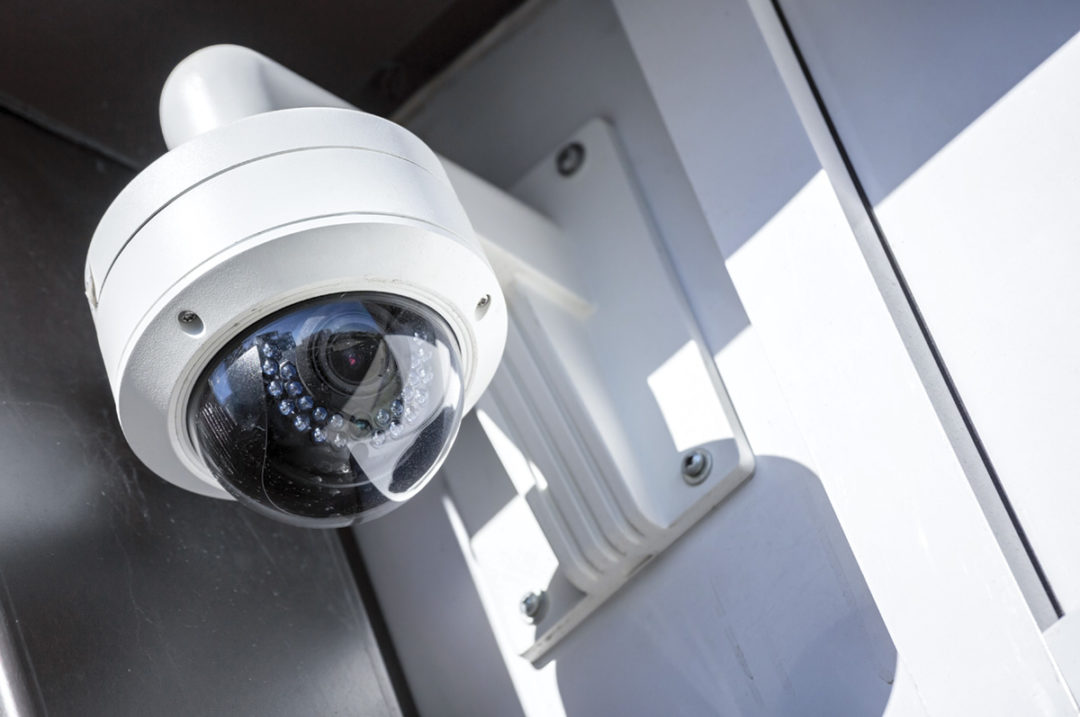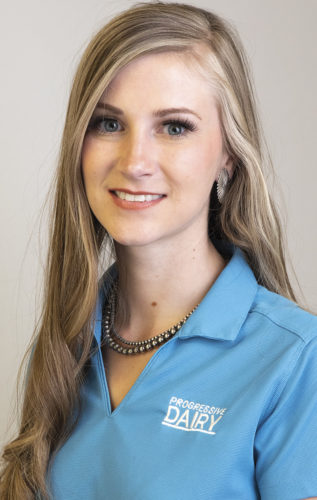Every dairy has the intent to care for its cattle in the best ways possible. Producers entrust a team of employees to execute their plan to care for the animals and it is the responsibility of the management team to verify the plan is in fact effective and being carried out every day.
“I think dairies that want to operate responsibly are trying to find ways to assess that the animal care outcomes are the outcomes they seek,” says Brandon Treichler, quality control veterinarian for Select Milk Producers. “We have very good people who do care about animals, but we need tools that help us develop those people and communicate the vision while contributing to a culture of care within the team. When we have a way to physically show examples of the right way to do things, as opposed to simply focusing on what not to do, it can be a real asset.”
A potential tool to help develop a culture of accountability on farms is the use of cameras. If used properly, the use of cameras on-farm can ensure security and safety for employees. Before installing cameras, either fixed in place or body-worn, it is important to first identify the reasons for wanting to install cameras and how you intend to use the footage.
What is the purpose of your cameras? Is it to keep an eye on your employees or an eye on your cows? Is it to watch the day-to-day happenings? Will they be used to mitigate risk or create procedural training? Nail down the goals and communicate them clearly before the cameras go in because you don’t want to make your employees feel like they are not trusted.
“I think by far the most challenging part is helping your people understand why you're doing it and them trusting you that it's the case,” Treichler says. “You need to show them that what you intended to do is what you are going to do. It is important to know how that message is going to resonate with your team and how you’re going to package that message.”
“A written document is probably the least effective way to communicate something. So, as far as communicating the intent, I think that's done far better in a small group setting, maybe shift-by-shift, face-to-face, so they can read your body language,” Treichler says. “But then it should also be followed up with the right action. Integrity is saying what you’re going to do and doing what you say. If you never review the footage or maintain the cameras, employees will quickly understand that management does not actually care. If we only call out negative actions, our teams will see very quickly the goal is only to police them.”
One of the biggest advantages of implementing cameras on-farm is to use the video for training purposes to mitigate risk.
“The way most people like to learn is by doing. If you can't physically be out there doing it, then seeing is the next best way. So, if you have examples from your own facility that actually take into account the real world your employees work in, then that's the best teachable examples you'll ever find,” Treichler says. “They're better than any generic video and will resonate differently for employees to see one of their peers in the same barn they work in with the exact same cattle.”
Use the recorded video to not only catch the bad but to highlight good examples and reward good decision-making, as well as mitigate risk and develop employees with teachable moments.
“Let's say a cow went down. You can go back to the video and dissect what happened,” Treichler says. “Asking ‘How did this happen?’ and, ‘How can we keep it from happening in the future?’ communicates to employees that management actually wants to understand what goes on, have the full picture and know the situation that their team is facing, rather than simply reacting.”
Cameras today are becoming more and more acceptable. Anywhere we go we’re on camera, whether it is walking into Walmart, into a gas station, at a self-checkout or driving down the street.
Before installing fixed-in-place cameras, check your state’s regulations on video surveillance.
“Most state regulations are the same. You can’t put a camera where there’s a reasonable expectation of privacy. The easiest ones to reference are bathrooms and locker rooms because there’s a reasonable expectation of privacy in those rooms,” says Jason Nosrati, owner of Ag Video Surveillance. “Any other room, [such as] the parlor or lunch area, are considered common working areas.”
In terms of audio, the legality again differs state by state and requires a little more signage. It is against federal law to use any type of device designed to covertly record the voices of people without their consent.
“Virtually never does the farmer ask for audio on a dairy farm,” Nosrati says. “However, Wisconsin is a single consent state. In order to record audio here, somebody in the conversation or in the room must be aware that it’s being recorded and consent to it.”
If a producer is thinking about implementing body-worn cameras, Casey Kinler with Animal Ag Alliance recommends they consult with their local law enforcement for guidance, to discuss legality, equipment costs and best practices.
“Have a relationship and talk to your local law enforcement and test it out first because there’s a lot of other cameras that are definitely more budget-friendly,” Kinler says.
For producers looking to install cameras on their farms, Nosrati recommends they do their homework, shop around and ask for references.
“A lot of times when farmers come to me, they’ve already gone through one or two systems and been disappointed and that can either be by equipment or by the person who installed them,” Nosrati says. “It’s a big investment. They’re not necessarily cheap, but I wouldn’t say they’re expensive either. However, the resources they can provide are invaluable if implemented correctly.”
The cost of cameras can vary by setup and situation. Nosrati says it takes about $1,200 per fixed-in-place camera installed, which includes equipment, wiring, labor, programming and owner training.
Currently, most dairies are utilizing manual review of their video footage. However, in the near future, artificial intelligence (AI) programs that use algorithms to identify and track both cows and employees will become more prominent.
“Right now, this is a big trend. It’s a shortcut to the farmer actually having to watch the video. These camera programs can pattern the animals and can track how often a cow feeds, how often a cow drinks or see if a cow has gotten up all day,” Nosrati says. “That technology is right around the corner and after the dust settles in two or three years, I think we’re going to see a few companies jump out in front and get a foothold.”
Nosrati believes the companies that can come in and use existing cameras already in place are going to have the advantage.
“A lot of the dairy farms, especially some of the bigger, more modern ones, already have camera systems in place,” Nosrati says. “I think anybody that comes in and can use the existing camera networks and the footage that's already there is probably going to have a little bit of a jump-start. Farmers aren't going to want to invest double the money on a camera system.”
Cameras can benefit farms in multiple ways by:
- Keeping an eye on activity when you are not there
- Making sure you don’t have trespassers and to deter animal activists
- Monitoring equipment or control panels
- Observing maternity pens for calving
- Diagnosing an injury for a downed cow
- Checking if feed needs to be pushed up or if it has run out
- Making sure standards are being met and monitoring processes and procedures
- Creating training videos with recorded footage
Camera considerations:
- Type of camera: Fixed-in-place or body-worn
- Cost of equipment and installation
- Maintenance to clean or fix
- Visibility and picture quality
- Lifetime of technology and updates
- Video with or without audio
- Legality and employee consent
- Security of footage: Stored on local hard drive or in the cloud
- Access to review footage: Owner, manager or third party
- Screen monitor: Employee breakroom, office, parlor, etc.







